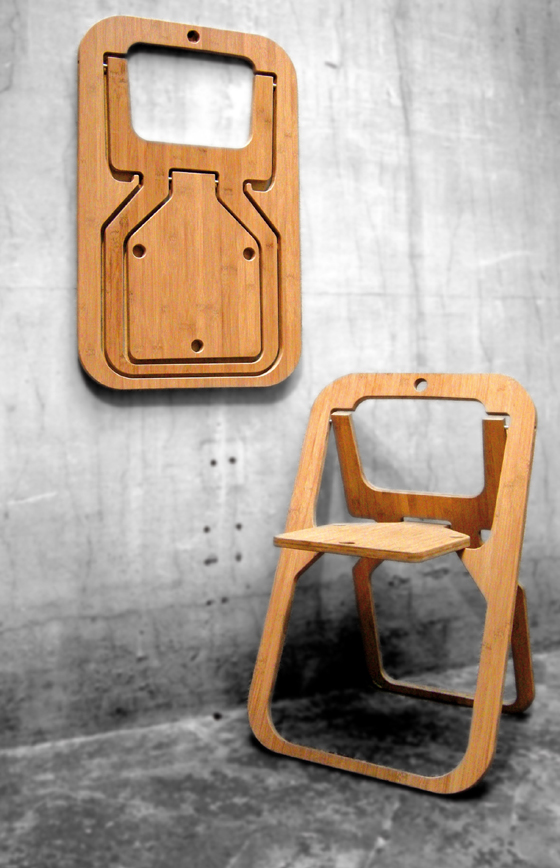About 601 Tully
Check out our new website! 601Tully.syr.edu
601 Tully is a center for engaged practice in Syracuse, NY developed by artist and professor Marion Wilson with a rotating collaborative team of 54 students and neighbors and Anda French of French 2Design. It's a site for meaningful exchange between artists, community members, and scholars in the co-production of culture.
601 Tully includes a contemporary art space, a public events space, a bookstore, a teaching garden, and Recess Cafe West.
In 2009, Wilson purchased the condemned two-story home and local drug hub, and throughout five semesters, Wilson's design/build class re-zoned, designed, renovated and now sustains the physical and programmatic aspects of 601 Tully. The collaborative team has consisted of artists, architects, environmentalists, Fowler High School students, Green Train Workforce, neighbors, and the occasional passerby.
601 Tully is made possible by the generous support of the Syracuse University School of Education, The Kauffman Foundation, The Near West Side Initiative, Imagining America, Home HeadQuarters Inc., Say Yes to Education, and National Grid.
Find us on Facebook!
Tuesday, March 30, 2010
New name for 601 Tully: The Curriculum
let's have a drink at the curriculum
i'm giving a reading at the curriculum
i'm showing at the curriculum
around the corner from the curriculum
Monday, March 29, 2010
Pleats for womb!
Kickstarter
Sunday, March 28, 2010
Saturday, March 27, 2010
kickstarter
Friday, March 26, 2010
Habitat for Artists
"Several artists from the Hudson Valley region have been invited by artist Simon Draper to participate in a site-specific, collaborative exhibition project at the Sitelines art fair. Draper,who has long been working with concepts regarding habitat/shelter in his own art practice will provide each artist with a basic 6 ft. by 6 ft. shed, to be considered as an artist's habitat/workspace for the duration of the art fair. The artist will inhabit this simple and temporary structure and use the space to create art works or turn the structure into an artwork prior to and during the time of the fair."

Their Website
MINDY FULLILOVE GUEST LECTURER April 15
Columbia University professor Mindy Fullilove—whose work includes studying 100 main streets in the United States, France and Japan—will present a talk titled “Just Design and the Future of Main Street” Thursday, April 15.
Freecycle + Playground Fence

![[pers+RIF.jpg]](http://3.bp.blogspot.com/_vMeDLCi4JA8/Sd8Fjo9Xm7I/AAAAAAAAADI/_xyAe6IjEyM/s1600/pers%2BRIF.jpg)
Thursday, March 25, 2010
Byrne Dairy
"Community stewardship is both an honor and responsibility for each of us. To that end, Byrne Dairy is proud to support local charities and events that are designed to benefit all aspects of our communities.
If you have an event or are an authorized representative of a recognized organization that would like to submit a formal request for our support, please follow the instructions listed below.
Byrne Dairy personnel will personally review all properly submitted requests. The review and approval process typically takes six to eight weeks. After that time, you will be notified as to our decision."
Monday, March 22, 2010
Save the Rain with Onondaga County
Friday, March 19, 2010
Thursday, March 18, 2010
ceiling and some others
 another kind of ceiling that shadows on the walls around it
another kind of ceiling that shadows on the walls around it close up
close up far away shot
far away shot ok so this is blurry and it doesn't really do with us any more.. but they are large windows that pull out.. like the idea in the beginning.. i wish it was a clear shot.. it looks nice
ok so this is blurry and it doesn't really do with us any more.. but they are large windows that pull out.. like the idea in the beginning.. i wish it was a clear shot.. it looks nice he has doors like the ones we want to get that zig zag or bunch up.. but his has this awesome cut out pattern on them.. its really pretty
he has doors like the ones we want to get that zig zag or bunch up.. but his has this awesome cut out pattern on them.. its really prettywomb room
Sunday, March 14, 2010
Friday, March 12, 2010
Any 601 Tullers here this Spring break week...
1. a road trip to Bouckville to collect for Jamie, Michelle and Michael
2. plant an enormous amount of seedlings in those starter containers
email me or Samantha if you are interested. Not alot of contact time - just some fun work.
Tuesday, March 9, 2010
Jean Shin's 20/20


20/20, 2003
Prescription eyeglasses
8 ft h x 4 ft w
Installation at Frederieke Taylor Gallery, New York, 2004
20/20 explores the relationship between the body, architecture and our perception of reality. Old prescription eyeglasses were inserted into a wall that faces a window overlooking 23rd Street in Chelsea, New York. As if peering through someone else’s eyes, the viewer can see multiple perspectives of the cityscape through the various lenses. Depending on the prescription, each set of lenses magnifies or diminishes the buildings beyond, and viewers often have to adjust their vision in order to focus. 20/20 engages both the viewer and the outside world, playing with our perception and changing the environment of the gallery.
Jean Shin's Wooden Floor



Wooden Floor, 2002
Disposable wooden chopsticks
Dimensions variable
Installation at Ssamzie Space, Seoul Korea
In Wooden Floor, thousands of disposable wooden chopsticks have been temporarily arranged into an elaborate composition that recalls the structure of wood flooring. Common, utilitarian items that are normally disposed of after one use create patterns of herringbone, parquet, and plank flooring. The installation turns the permanence of architecture on its head, while placing it in dialogue with the temporality of food and consumption. Like a beautifully raked Japanese rock garden, the installation is not meant to be physically walked on but instead it becomes a place of contemplation for the eyes and mind.
http://www.jeanshin.com/wooden_floor.htm#
Monday, March 8, 2010
Dynamism
Harvey suggests that when we consider DYNAMISM or INTEGRATED PROCESSES we should think of it/them as a process of REVOLUTION(S) and then ask:
-What kind of relation to nature is being constructed?
-How is this relation to nature (think: the community) going to be articulated?
-What kind of daily life is going to be lived? How are we going to articulate and reproduce it?
-What are the kinds of social relations we want to establish? What kinds of social relations would we want to live with?)
-What kind of symbolism are we constructing?
And, finally...
-What kind of mental conception are we going to be projecting into the world?
Over Arching Concepts
occupancy
memory
not built-in
art and architecture
systems/patterns
technologies/histories
textual
ergonomics
sandwich (20, 60, 20 %)
LeWitt 2
Sol LeWitt



although typical treatment of a floor/ceiling in a gallery/museum, these are effective illustraitions of Yun-Pei's sandwich theory. Yun-Pei : please share this theory here if possible..
The reflection on the floor on the first one is interesting to consider too.
top and bottom are from Mass Moca, and middle from the Guggenheim.


































